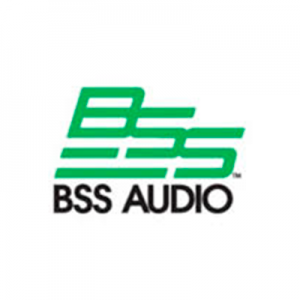Propriétés techniques
FDS-388 OMNIDRIVETM
Loudspeaker Management System
The Digital Crossover System shall comprise two independent channels in a single 2U rack-mounting unit, each channel comprising of a 4-way crossover, 2 parametric EQ sections per band, mid-band limiters, and delays on each band. All functions must be accessible through front-panel switches and controls.
The unit shall have electronically balanced analogue inputs and outputs,with the option of digital inputs and outputs, with selectable sample rates of 48kHz or44.1 kHz. Transformer isolation shall be available as an internally fitted option.
All data shall be displayed bot numerically and graphically to provide a visual reference of crossover points, delay times, EQ curve and system performance.Individual led meters shall be provided on each output, together with an output trim control and mute facility.
It shall be possible to configure the crossover as 2, 3 or 4 way, and also allow one band to be used as a mono-lo output. Each band shall be selectable to operate with a slope of 12, 18, or 24dB per octave. The overall filter types available shall be Butterworth, Bessel, or Linkwitz-Riley. Each band shall havepolarity inversion switching. Each band shall be adjustable for both high and low-frequency roll-off points.
Each band shall have 2 sections of parametric EQ, one of which shall be configurable as a phase adjustment section in 5 degree increments. Each EQ section shall have a centre-frequency range of 15Hz to 16kHz, with adjustable gain of +/-15dB, and a variable Q adjustment of 0.05 to 3.00 octaves. The filter shape shall be selectable between bell or shelving, with selectable shelving slopes of 6 or 12dB per octave. A dynamic link facility shall provide a method of modulating the equalisation boost/cut value with the signal level, producing a dynamic equalisation effect.
Each band shall have threshold adjustable mid-band limiters, with threshold adjustment of -4.4dBu to 16dBu, viewed and set in mV or dBu.
Each band shall have a delay line, adjustable up to 650 milli-seconds in 11 microsecond steps. Dealy settings should be set and viewed in milliseconds, feet ormetres. It shall be possible to link bands for relative delays and set an offset delay.
There shall be no less than 60 memories for the storage of system data, with a facility to store such data on a PCMCIA memory card directly from the unit. Itshall also be possible to output memories via MIDI to a MIDI storage device. Facilities for direct on-line comparison of memory settings shall be provided.
Password protection shall optionally disable the setting and viewing of parameters by non-authorised personnel.
There shall be available as an option a Meteorology probe, which shall allow automatic correction of the delay time as ambient temperature changes, and HF response with humidity changes.
There shall be provision for remote control via MIDI, and the provision of an open-architecture control port for future expansion.
The Digital Crossover System shall be
the BSS FDS-388 OMNIDRIVETM.








